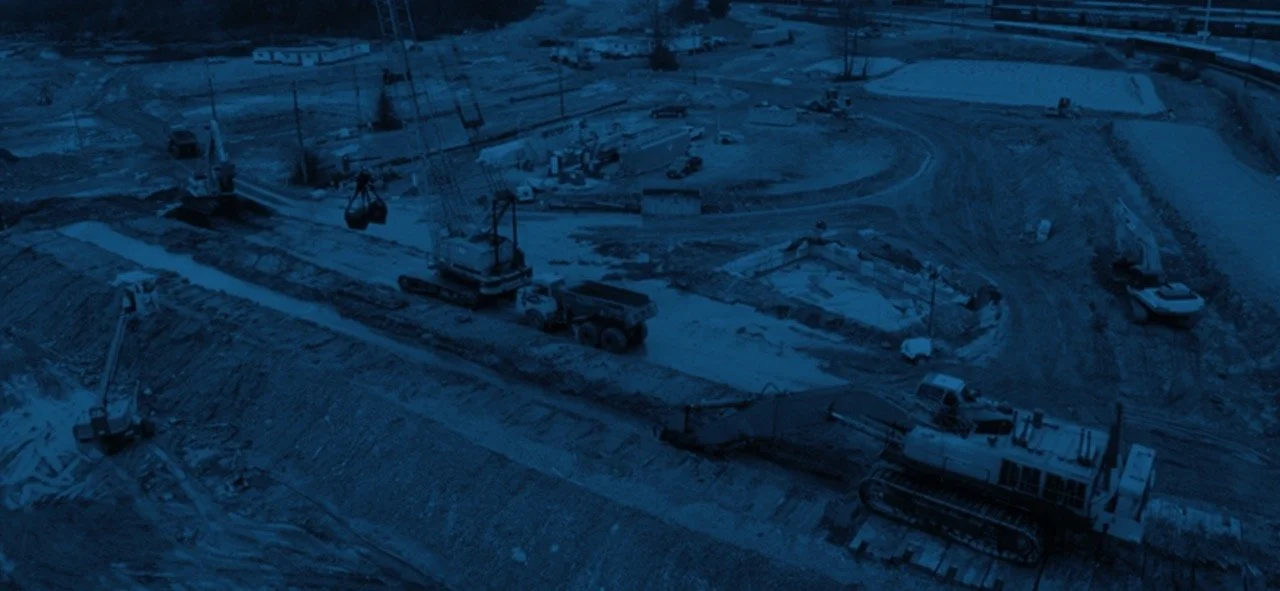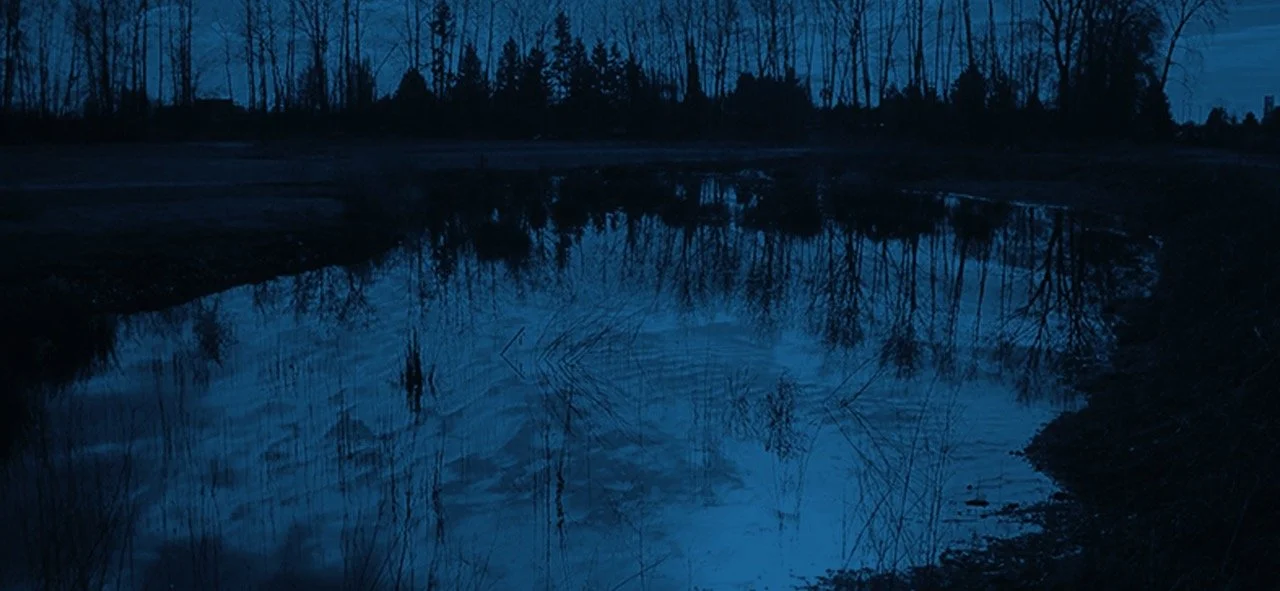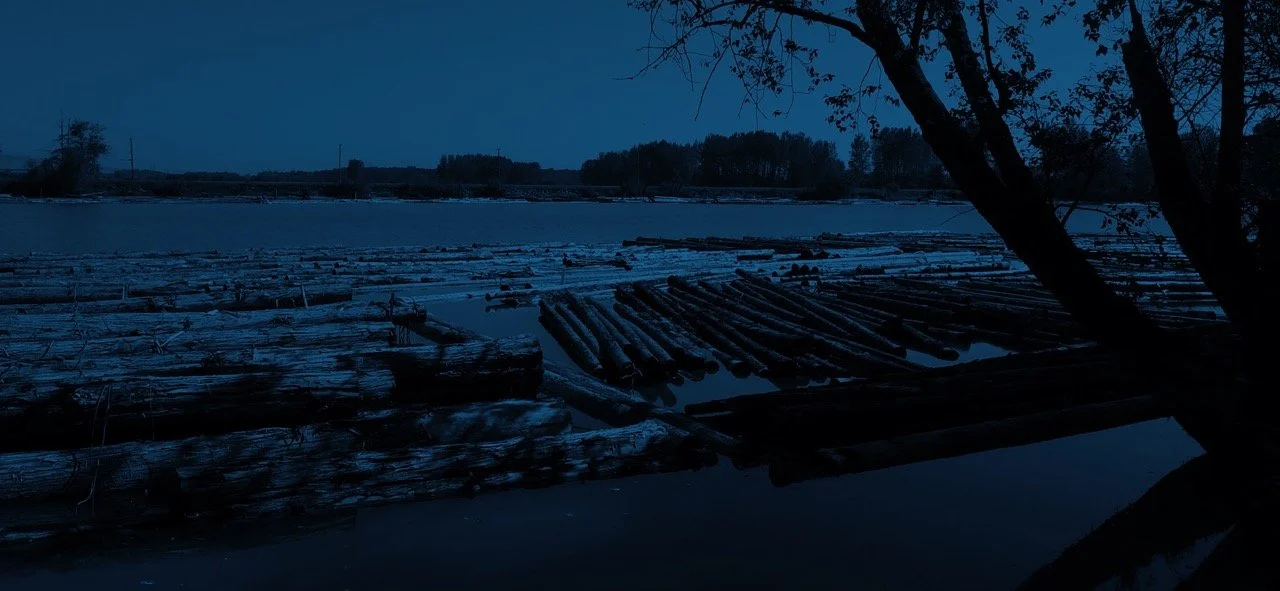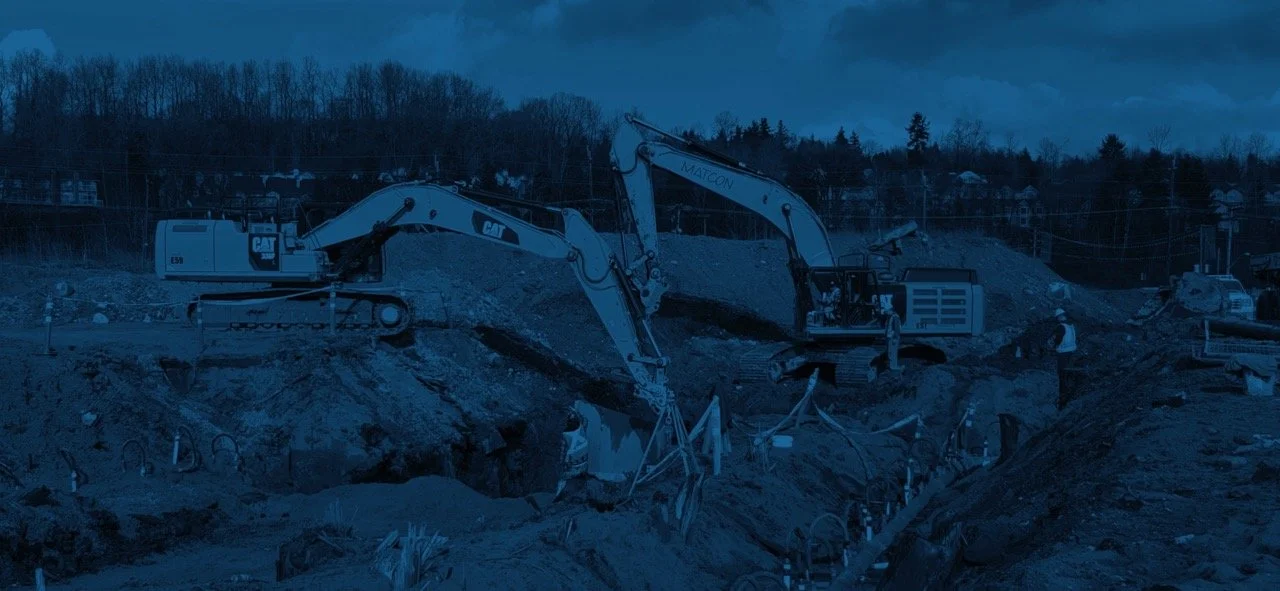
Site Preparation & Habitat Projects
Throughout its history Matcon Civil has operated and managed many site preparation & habitat projects. Our projects range from the creation of new development and agricultural lands through the reclamation of decommissioned industrial sites, to the pre loading and structural filling of future development lands, to the filling of agricultural lands currently below sea-level to meet municipal guidelines on climate change. We currently have capacity to receive, process and place more soil than any other local operator.
Pacific Environmental Centre
Partners:
Quantum Environmental Group / Conor Pacific Construction
Contract Value:
$4,000,000
This highly complex ‘design-build’ project, completed with Conor Pacific, involved the excavation and temporary storage of Special Waste soils, design and Proof of Concept pilot program for the installation of a 17 m deep, in-ground, passive, dissolved metal treatment wall directly on the foreshore of Vancouver Harbour. Matcon Civil/Quantum worked very closely with Conor Pacific and the Owner to design an effective and safe construction methodology for full-scale installation.
Hamilton Transit Centre
Partners:
City of Richmond / TransLink
This highly complex ‘design-build’ project, completed with Conor Pacific, involved the excavation and temporary storage of Special Waste soils, design and Proof of Concept pilot program for the installation of a 17 m deep, in-ground, passive, dissolved metal treatment wall directly on the foreshore of Vancouver Harbour. Matcon Civil/Quantum worked very closely with Conor Pacific and the Owner to design an effective and safe construction methodology for full-scale installation.
Oregon Spotted Frog Habitat Restoration
Partners:
Milestone Environmental Contracting
Contract Value:
$2,200,000
Managed under a federal Species at Risk Act (SARA) permit, the Sutherland Road project restored the configuration of what had most recently been a market farm, back to a wetlands habitat in support several species at risk including the Oregon Spotted Frog, Oregon Forest Snail, Western Painted Turtle, and the Pacific Water Shrew. Because the land utilized for this project was federally owned, this project had been subject to a screening-level environmental assessment in 2012.
Matcon Civil’s project team was responsible for the remediation of contaminated soils and sediments. Our works included the removal of 16,000m3 of contaminated soil and sediment from within and around watercourses that drain into the Mountain Slough watershed, and the construction and re-grading of 800 metres of channel habitat. Contaminated water was managed through the construction of in-ground holding tanks and the installation of a vertical filtration system used in combination to both clean the water, and to manage the flow during active construction. Vegetation in the existing ditch areas was mowed to allow for visual surveys and hand-catching of various species.
Matcon Civil also leveraged our involvement in this project to include our invasive species project team members from our TFN Construction / Matcon Civil Joint Venture, who worked closely with the biologists of Balance Ecological to utilize manual and mechanical methods to remove invasive plant species, install containment/exclusion fencing and tube traps for target species, and assist with fauna salvages and bird surveys.
Surrey Bend Regional Park Habitat Rehabilitation
Partners:
First Nations Fisheries Legacy Fund / TI Corp.
Contract Value:
$1,400,000
Funded by regional stakeholder TI Corporation, the First Nations Fisheries Legacy Fund was established to facilitate the participation of the Katzie, Kwantlen, Kwikwetlem, Musqueam, Tsawwassen and Tsleil-Waututh communities in collaborative works that address the impacts to fish and fish habitat caused by continued industrialization and urbanization of the lower Fraser River. Our innovative First Nations Opportunities Plan provided for, facilitated and reported on employment and training opportunities we made available to First Nations individuals on this project.
Matcon Civil, through its joint venture with the Tsawwassen First Nation, was awarded the earthworks portion of the Surrey Bend habitat enhancement project, a politically and environmentally sensitive initiative that provided for the construction of 3.5km of large meandering-channel salmon habitat and accompanying berms. Works included the clearing of land, 45,000m3 of peat excavation and placement working on swamp pads during wet months and the placement of 15,000 tons of gravel preload. Also constructed were internal roads and pathways, a new vehicle road access and parking lot, and installed both a new aluminum pedestrian foot bridge and a steel equipment bridge structure.
Port Metro Vancouver Habitat Banking Projects
Partners:
Port Metro Vancouver
Habitat Banking focuses on creating and improving fish and wildlife habitat in advance of port development projects, to ensure potential impacts to existing habitat are off-set.
Port Metro Vancouver’s (PMV) Habitat Banking Program is an ongoing, proactive measure intended to offset the potential impacts of port development projects to fish and wildlife habitats. To be considered truly successful these projects must include substantive participation of local First Nation people. Consultants awarded work on PMV’s Habitat Banking Program projects are encouraged to provide employment and training opportunities to First Nation individuals and First Nation owned businesses.
TMJV works with PMV, the employment coordinators at each local First Nation and a variety of organizations that provide funding for skills training to First Nation individuals to ensure PMV’s First Nations project participation mandate is exceeded.
PMV Habitat Banking Program sites 3.1 to 3.5 comprise
90.000 square metres of waterfront salt marsh habitat between Boundary Bay and Roberts Bank, BC. The rehabilitation of this sensitive habitat includes the works to remove the abandoned logs, garbage, barbed wire and other contaminants as well as the construction of safe, contaminate-free perching and foraging habitat.
To date these projects have generated full-time employment in South Delta for five Tsawwassen, one Hwlitsum and one Shisale First Nation Members. As well, Tsawwassen First Nation artisans have been provided access to a significant quantity of valuable salvaged materials, such as cedar for carving.














